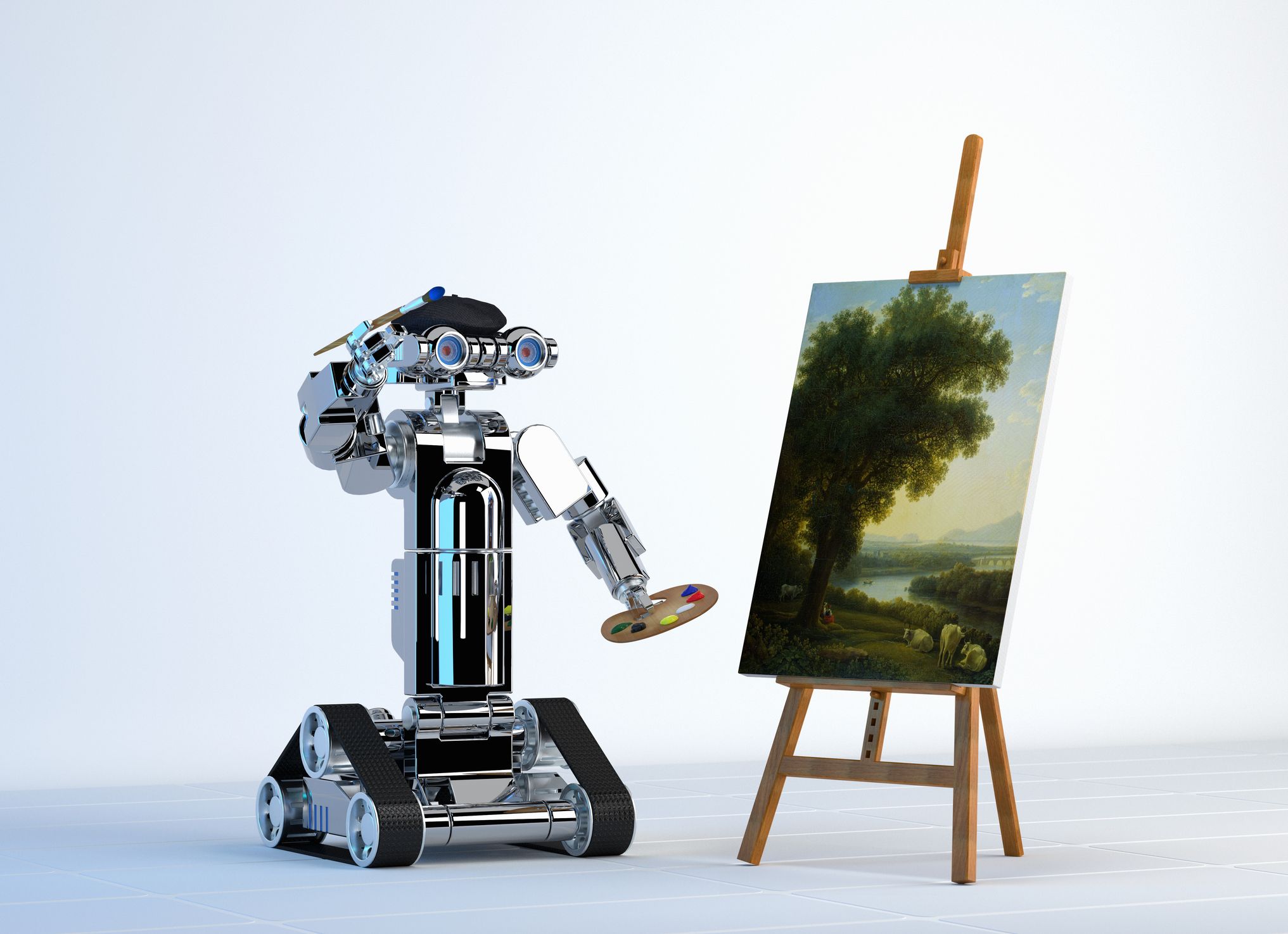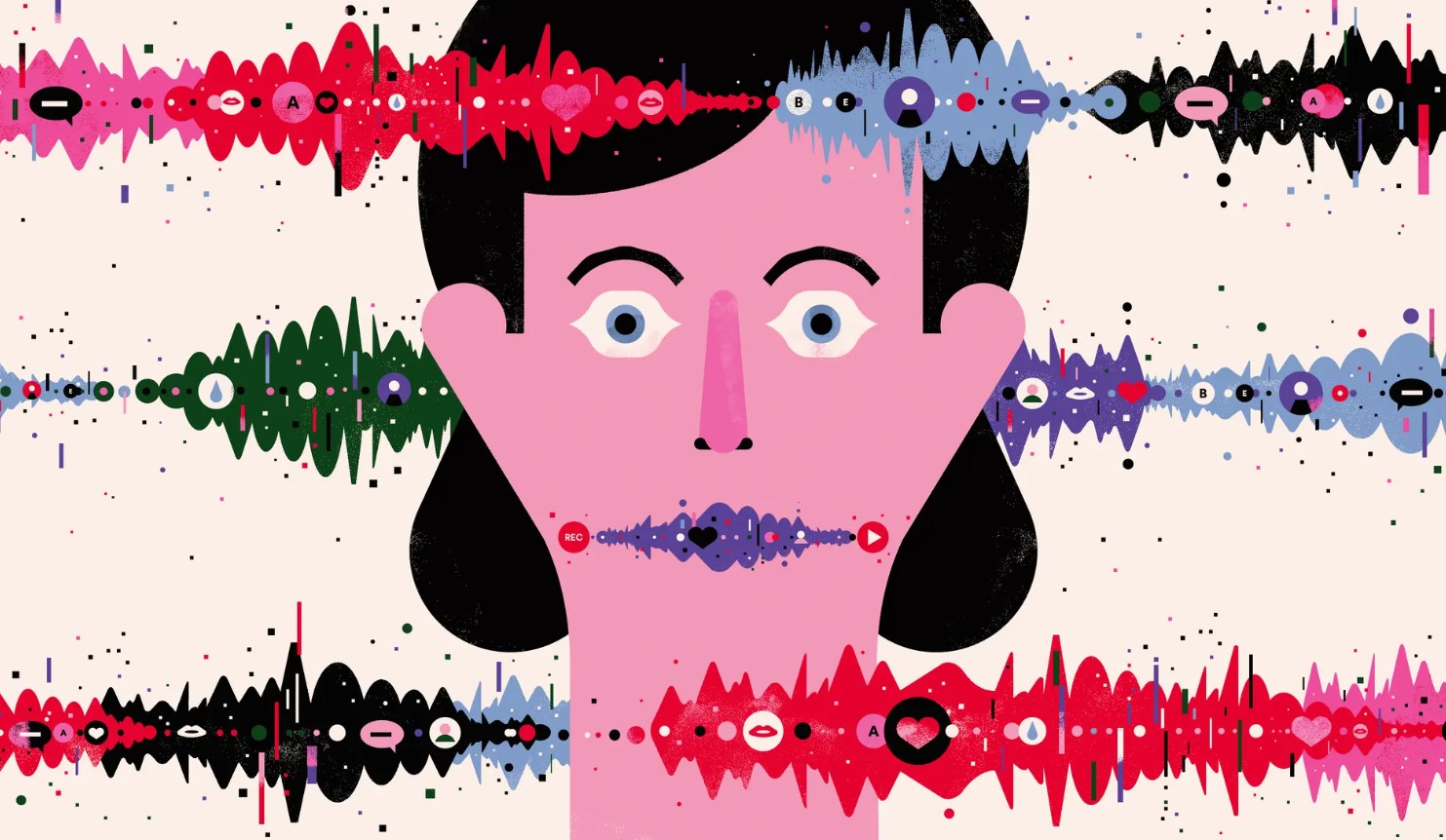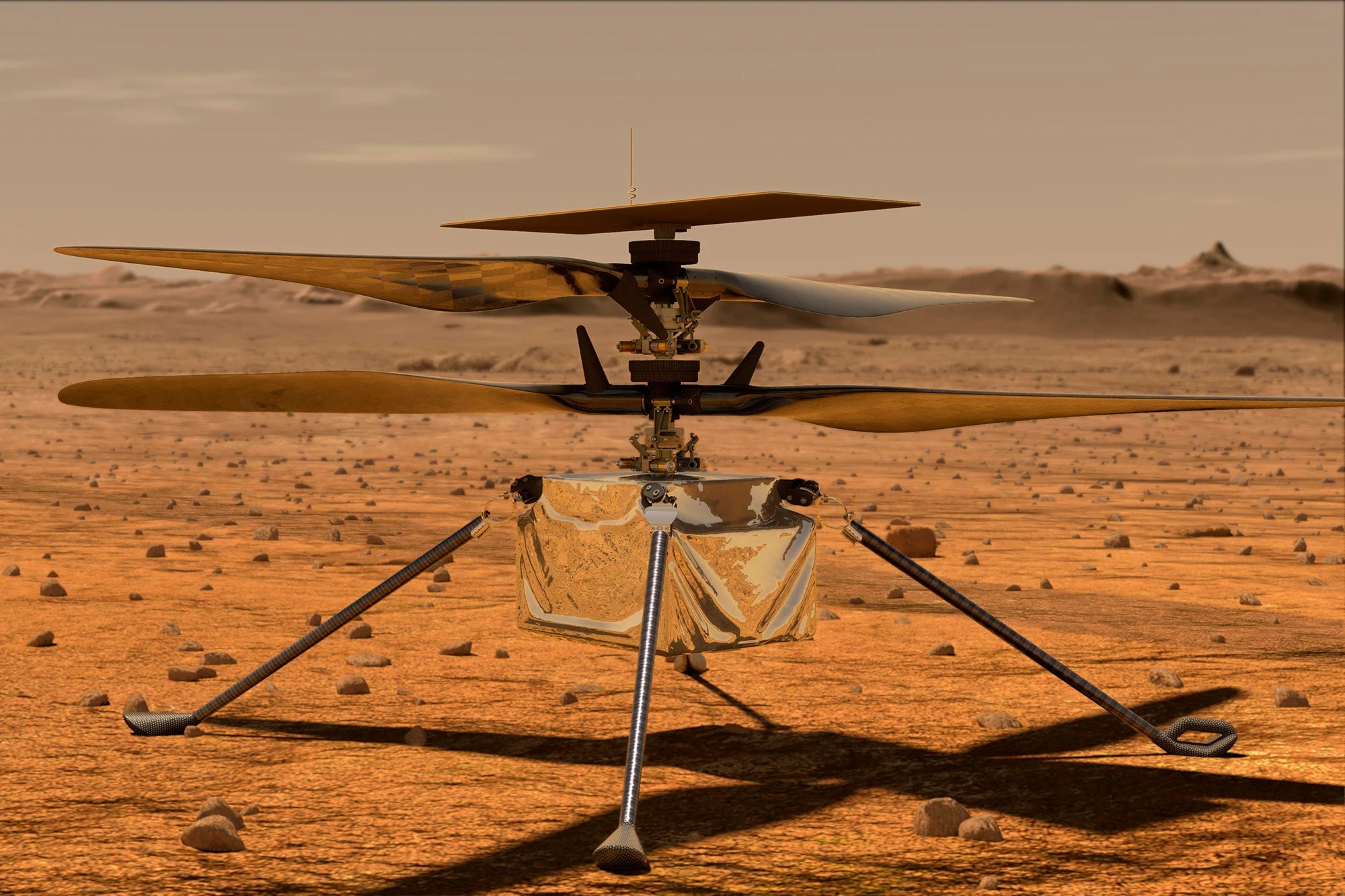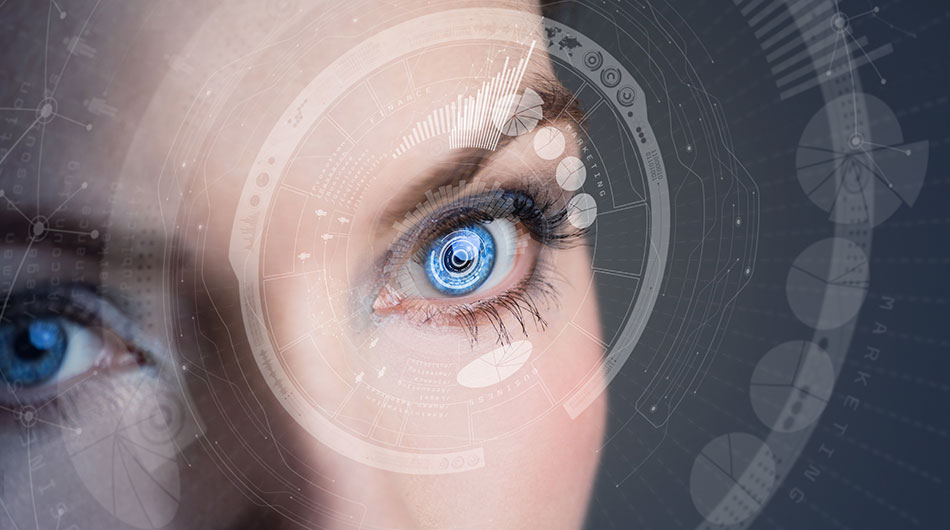“My Perfect Soulmate”: How the Dating Technology Exploits Our Belief in the Only Soulmate
“Significant other,” “soulmate,” “perfect match” – these phrases are often used in romantic confessions to emphasize that the person we are in love with at the moment is special, one of a kind, perfect for us. They are the only one who makes our heartbeat more often and worthy of all the best.
It’s difficult to rationalize all the seething cocktail of emotions and feelings we experience when falling in love. But it’s even harder to answer why, among all people, we fell in love with one particular person. So, naturally, it’s possible to describe falling in love by enumerating the beautiful traits and virtues of the person we love. Scientists, instead, usually explain your choice of difference in the genes, the evolutionary advantages, unmet psychological needs, child trauma, or subconsciousness. But the theory about the soulmate, ordained by fate, you should agree, sounds much more romantic because it has been told for more than two millennia.
Dating Technology
With the help of dating technology, the soulmate myth has acquired a new, updated variation. Now it’s no longer a red thread, fate, or gods, but technology that uses algorithms, simulations, or DNA tests to find the perfect match for you.
But why are we so eager to let technology simplify our search for a “soulmate”? Well, because we’re looking for a “magic pill” for the new problems that have appeared with the increased popularity of dating apps.

A Virtual Supermarket of Partners
It’s doubtful that technology that finds you a soulmate will ever be invented at all in real life. At least because the idea of a single ideal partner simply begs the question. But today’s dating apps continue to sell us that myth: we still hope to find a “significant other” among the hundreds of profiles. But it’s more complicated than ever before.
Our search for an ideal partner is no longer limited by anything. Neither the city nor country you live in nor your religion or nationality matters much. You can find like-minded people on the Internet even with the most peculiar interests. But that’s not the case.
The “paradox of choice” has happened to modern love, as it does to groceries in the supermarket. Back in 2005, psychologist Barry Schwartz pointed out that if a store has too many choices of salad seasonings, a person either can’t choose at all or feels less satisfied with their choice. After all, if you don’t like the seasoning, you’ll feel like you should have chosen a different one.
Later, Dutch researchers Tila Pronk and Jaap Denissen studied the “paradox of choice” on modern dating apps and came to the same conclusions: the more choice of potential romantic partners, the more unhappy and rejected people have been.
The scientists called this phenomenon a “rejection mindset.” The price of a mistake here seems more frightening, and therefore you begin to think, “maybe this choice is not worth it?” But, on the other hand, it can also be trivial because it’s hard to look through an endless number of options and try to choose the only one among them.
Aziz Ansari and Eric Klinenberg conducted a series of interviews in small towns. They found that people there have their problems: you have to accept many flaws because of limited choices and still feel miserable. However, there is a high probability of meeting that person again in the case of rejection. The researchers concluded that the problem is less about the number of options but how we treat our choices.
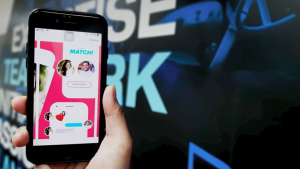
If the goal is to go through all possible options to make sure we meet the ideal, then no wonder that now, with so many choices, we wish technology would undertake the task.
But why has it become so crucial for us to meet a soulmate rather than just the right partner?
Who are the Soulmates?
Sociologist Andrew Cherlin has investigated how perceptions of marriage have changed over the past fifty years in America and have concluded that satisfaction with marriage no longer depends solely on how partners fulfill the roles expected from them.
Many things changed in the 1960s and 1970s, and our expectations of marriage increased. A significant factor in these changes involved women’s desire for equality. More and more women refused to marry guys from their neighborhood. They wanted different experiences, as well – and finally gained the freedom to do so. According to Cherlin, the generation that grew up in the 1960s and 1970s was the first to reject partnership marriage and strive for something more. They didn’t just want a spouse – they wanted a soulmate.

In addition to all the above, our ideas about marriage and love were also influenced by economic, political, and cultural factors. For example, the more the authority of religion waned, the more people refused to live their lives with a partner chosen by their parents or sanctioned by the church.
Thanks to economic growth, marriage for self-reliance was no longer necessary. And in general, the culture of individualism, the cult of self-development, and personal choice have changed our requirements for partners. Now people start a relationship because it’s interesting to grow together and it’s pleasant to live together. Of course, technology development has provided an unprecedented choice in finding the perfect partner.
But how do you know that you met your soulmate? Unfortunately, the myth offers excessively blurred criteria. Even philosophers are still debating on how to define the “perfect match.” Seemingly obvious, it should be the person you love the most. And it would be good if it’s mutual. But should you have common interests or, conversely, would it be better for you to teach each other something new? And what about values and worldviews? Should this person necessarily make you better, and you both should develop together? What about morals and principles?
There is no one-size-fits-all answer to all these questions. It can be intimidating, as everyone will have to answer it for themselves and hope to meet someone who shares their views.
Robot Soulmates
Nowadays, finding a soulmate seems impossible. Therefore, it’s not surprising that the invention of an intelligent algorithm or a DNA test is perceived as science fiction.
But to program a robot soulmate for ourselves is pretty possible soon. Modern robot engineers don’t give up the hope of introducing to the market a device that would be perfect for you and share your values.
Modern moral philosophers are cautious about such developments. For example, Sven Nyholm reminds us that we not only strive to meet the perfect partner but also hope that they will reciprocate. Besides, in love, we need a component of luck and a particular encounter, which is unlikely to be recreated with robots.
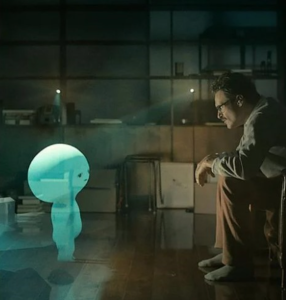
But whatever the outcome of this struggle, whether we create robot soulmates or not, technology continues to change the way we meet, fall in love, and think about love altogether. Discussion about soulmates and our desire to meet one brings up an interesting question about fate and conscious choice in love. Should love “happen in heaven,” “strike us suddenly,” or do we choose who to fall in love with and who to build a relationship with?
Lately, the idea of soulmates and destiny has been criticized. Often, people say there is more than one partner that matches us. Suppose we have already chosen a particular person once. In that case, we need to work on the relationship and not give up on the first difficulties – in other words, to take responsibility for our choices.
Yet so far, most people continue to call their lovers soulmates and write songs about the fateful encounters of the “one and only.”
For premium readers


